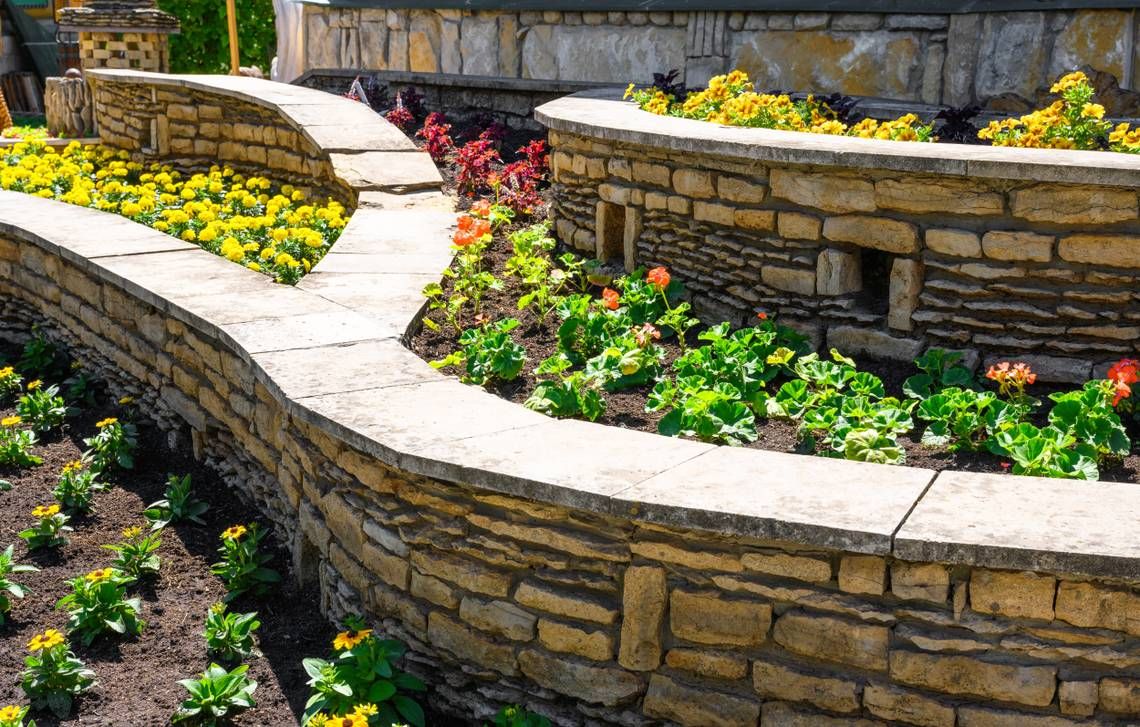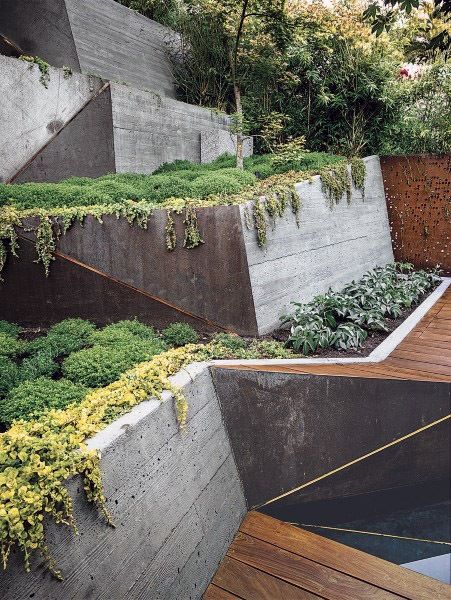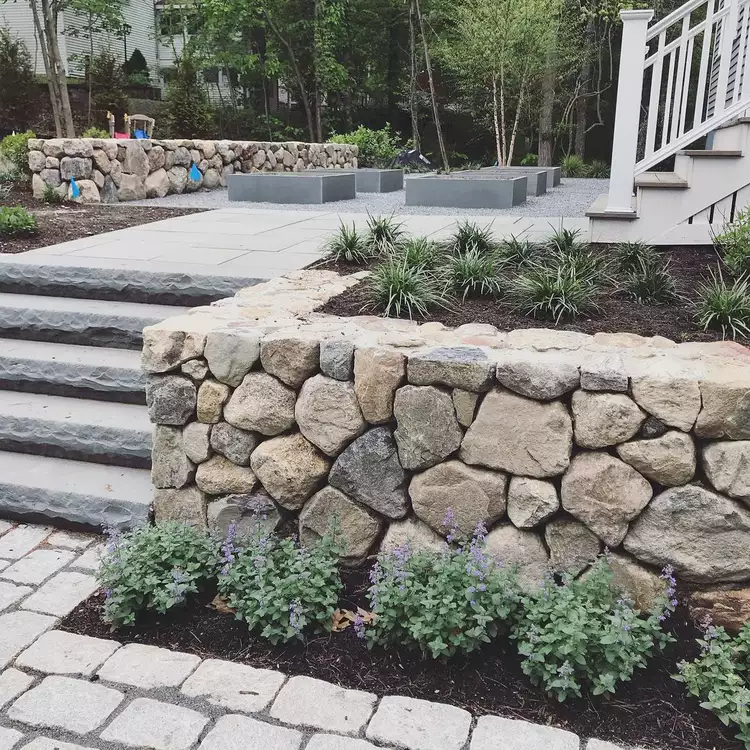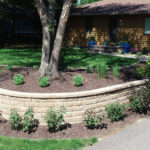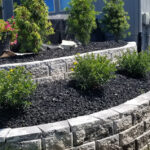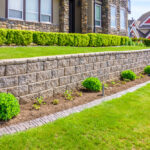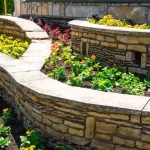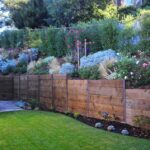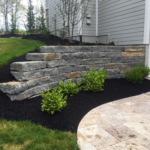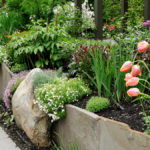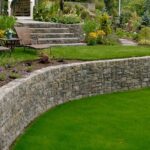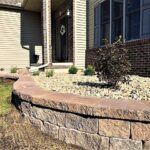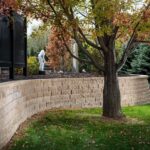Landscaping retaining walls can serve both functional and aesthetic purposes in outdoor spaces. These walls are typically used to hold back soil and prevent erosion on sloped terrain, but they can also add visual interest and create defined outdoor living spaces. With a variety of materials and design options available, homeowners can customize their retaining walls to suit their specific needs and preferences.
One popular material for retaining walls is concrete, which is durable and can be easily molded into various shapes and sizes. Concrete walls can be left plain or finished with decorative elements such as stamped patterns or textured coatings. Another option is natural stone, which lends a more rustic and organic look to outdoor spaces. Stone retaining walls can be constructed using a variety of stones, such as limestone, granite, or sandstone, and can be dry-stacked or mortared together for added stability.
In addition to materials, the design of a retaining wall is also important in creating a cohesive and visually appealing outdoor space. Retaining walls can be built in a straight line or curved to follow the natural contours of the landscape. They can also be tiered to create multiple levels for planting beds or seating areas. Adding steps or built-in seating to a retaining wall can enhance its functionality and provide additional seating for outdoor gatherings.
Proper drainage is crucial for the longevity and effectiveness of a retaining wall. Without proper drainage, water buildup behind the wall can cause it to fail over time. This can be achieved through the installation of weep holes or a French drain system to allow excess water to escape. Additionally, adding gravel or a drainage mat behind the wall can help promote proper drainage and prevent erosion.
Maintenance is another important consideration when installing landscaping retaining walls. Regular inspection and upkeep can prevent issues such as bulging, cracking, or leaning. Cleaning the wall regularly to remove dirt, debris, and plant growth can help maintain its appearance and structural integrity. In the event of any damage or deterioration, repairs should be made promptly to prevent further issues and ensure the wall’s stability.
Overall, landscaping retaining walls are a versatile and functional addition to outdoor spaces. By selecting the right materials, design, and maintenance practices, homeowners can create beautiful and durable retaining walls that enhance their landscaping and provide years of enjoyment. Whether used to define a garden bed, terrace a slope, or create a seating area, retaining walls can add value and visual interest to any outdoor space.
